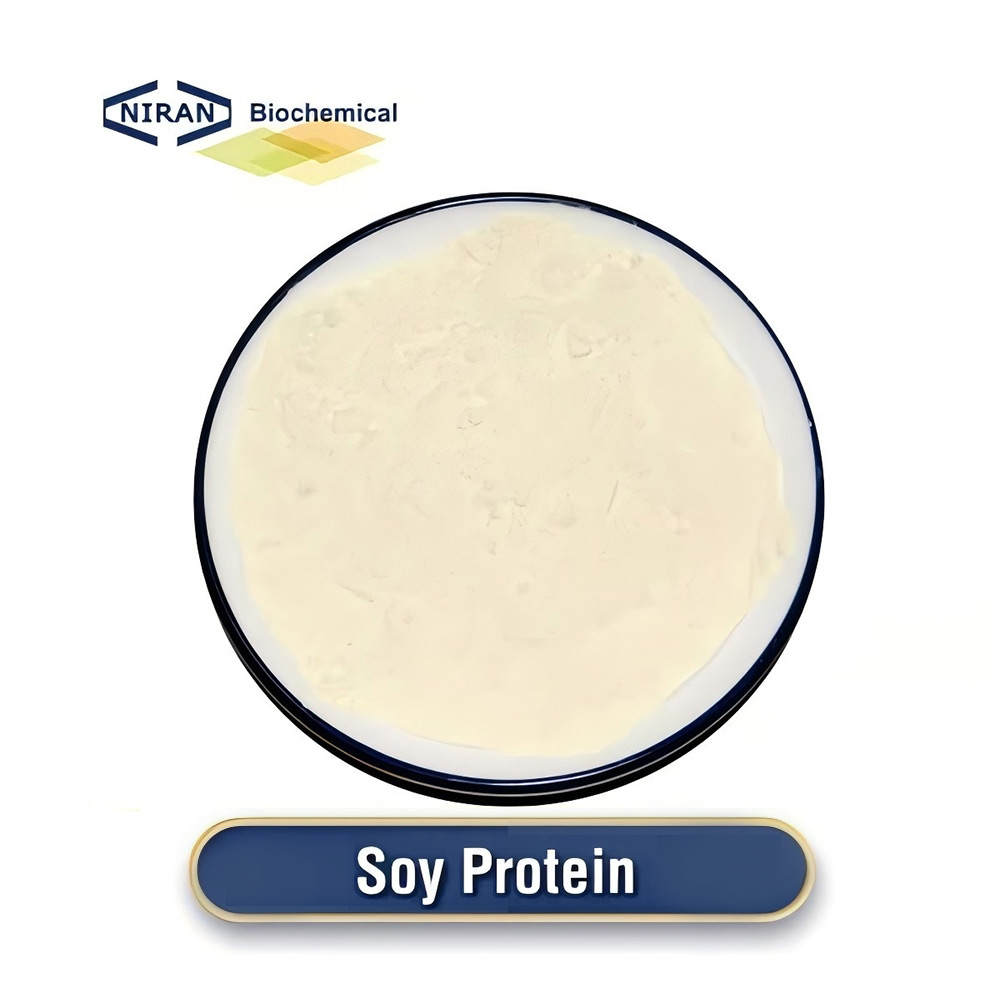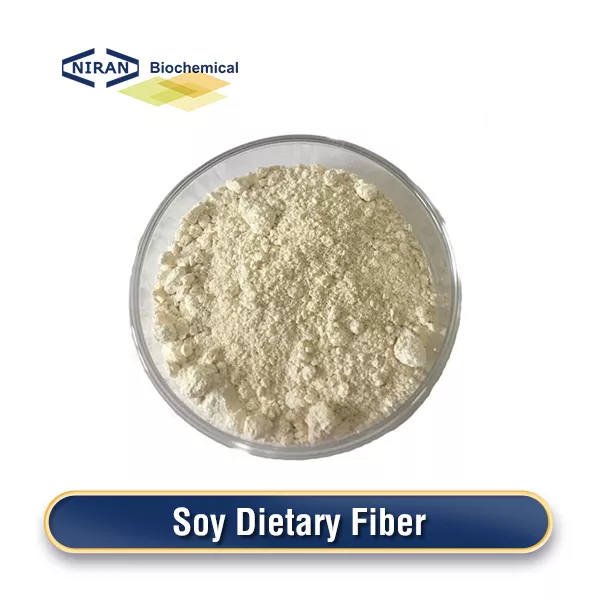Basical Food Additives In Meat & Poultry
Food additives in meat and poultry preserve freshness, enhance flavor, improve texture, maintain color, retain moisture, prevent spoilage, and ensure food safety by inhibiting harmful bacteria.
Food additive examples:
Food additives used in bacon prevent bacterial growth, extend shelf life, improve flavor and texture, retain moisture, and ensure its pink color remains attractive.
- Use in bacon acts as an antioxidant, preserving color and preventing nitrosamine formation. The common dosage is around 500 ppm (parts per million).
- It enhances bacon’s flavor, balances saltiness, aids in fermentation, improves texture and promotes browning during cooking.
- It in bacon improves texture and aids in curing. Common dosage is 0.1-0.5% of product weight.
- It serves as a preservative in bacon to prolong shelf life by halting the growth of microorganisms. The common dosage is up to 0.1%.
- Use in bacon acts as a mineral supplement, improves texture, and aids curing. The common dosage is 0.1-0.5% of the product's weight.
Ethyl Maltol
- It enhances the sweet, caramelized flavor in bacon, improving overall taste. The common dosage is typically 50-100 ppm in meat products.
- It acts as a filler, thickener, and stabilizer, improving texture and consistency. The common dosage is 1-3% of the total weight.
Potassium Lactate
- In bacon preserves freshness, extends shelf life, and inhibits bacterial growth. The common dosage is 2-4% of the bacon's total weight.
- It serves as a preservative by halting the growth of microorganisms and preventing spoiling. Common dosage ranges from 0.1% to 0.25% of product weight.
- It acts as a preservative, preventing spoilage and bacterial growth. The common dosage ranges from 0.1% to 0.25%.
- It in bacon accelerates curing, enhances color retention, and prevents nitrosamine formation. The common dosage is typically around 0.05% to 0.1%.
- Use in bacon enhances color retention and acts as an antioxidant. The typical dosage is 0.05% to 0.1%.
- Use in bacon controls color development and prevents spoilage. The common dosage typically ranges from 0.1% to 0.3%.
- Can improves moisture retention, enhances texture, and reduces shrinkage during cooking. The common dosage is 0.5% to 1% of the total weight.
- Improve moisture retention and texture, preventing spoilage. The common dosage typically ranges from 0.1% to 0.5%.
- Stevia serves as a natural sweetener in bacon, providing sweetness without added calories. The common dosage ranges from 0.05% to 0.1%.
- It in bacon improves texture and moisture retention by binding water and fat. The common dosage ranges from 0.1% to 0.5%.
- Act as an anti-caking agent, preventing clumping in seasoning blends. The common dosage typically ranges from 0.1% to 1%.
- Enhance texture and moisture retention, improving sliceability and mouthfeel. The common dosage ranges from 0.1% to 0.3%.
Food additives in sausage serve to enhance flavor, improve texture, extend shelf life, retain moisture, maintain color, and ensure food safety by preventing spoilage and bacterial growth.
- A gelling agent that enhances sausage texture by improving firmness and water retention. Typical dosage: 0.2-1%.
- A preservative that helps inhibit microbial growth and extends the shelf life of sausages. Typical dosage: 0.05-0.1%.
Ethyl Maltol
- A flavor enhancer used to improve the sweetness and aroma, contributing to an overall better taste profile. Dosage: 0.01-0.1%.
- An antioxidant that prevents oxidation, preserving the color and freshness of sausages. Dosage: 0.02-0.1%.
- A natural thickener that improves the water retention, texture, and firmness of sausages. Dosage: 0.5-1.5%.
- Adds protein content while improving texture and moisture retention in sausages. Dosage: 2-5%.
- A sweetener that also promotes browning during cooking and fermentation processes. Dosage: 0.5-3%.
- Functions as a leavening agent and enhances the texture by providing additional firmness. Dosage: 0.1-0.5%.
- Leavening agent that contributes to improved texture by reacting with baking soda to release gas. Dosage: 0.1-0.5%.
Potassium Lactate
- Used for extending the shelf life of sausages and controlling pH, while also acting as a humectant. Dosage: 1.5-3%.
- A carbohydrate-based filler that acts as a stabilizer and improves the texture. Dosage: 1-3%.
L-Cysteine Hydrochloride Monohydrate
- A dough conditioner that improves elasticity and processing in sausage formulations. Dosage: 0.02-0.05%.
- A preservative that protects against mold, yeast, and bacteria, extending the shelf life of sausage products. Dosage: 0.1%.
- A leavening agent that contributes to texture stabilization and water binding. Dosage: 0.3-0.5%.
- An antioxidant that preserves color and prevents the oxidation of fats, maintaining sausage quality. Dosage: 0.05-0.1%.
- Acts as a preservative by inhibiting microbial growth and enhancing flavor with mild acidity. Dosage: 0.1-0.25%.
- An emulsifier that improves water retention and prevents fat separation in sausage. Dosage: 0.3-0.6%.
- Commonly used as a preservative to inhibit microbial growth, as well as a flavor enhancer. Dosage: 1.5-3%.
- An emulsifying agent that helps bind water and fat, improving sausage juiciness and texture. Dosage: 0.3-0.5%.
- A natural sweetener that provides sweetness without adding calories, often used as a sugar replacement. Dosage: 0.1-0.3%.
- Used to improve water retention and texture by interacting with proteins in sausage formulations. Dosage: 0.2-0.5%.
- An anti-caking agent and stabilizer that also provides a source of calcium. Dosage: 0.1-0.3%.
- A protein additive that enhances the texture, binding, and structure of sausages. Dosage: 2-5%.
- A stabilizer and thickener that improves the texture and uniformity of sausage mixtures. Dosage: 0.1-0.5%.
Food additives in seafood preserve freshness, enhance flavor, improve texture, prevent spoilage, and ensure safety by inhibiting harmful microorganisms.
DL-Alanine
- Used as a flavor enhancer and sweetener to improve seafood taste, especially in processed products; usual dosage is 0.1-1%, based on flavor needs.
- Used as a thickener and stabilizer, it retains water and improves texture in seafood products, especially surimi and gels; dosage: 0.2-1%.
- Commonly used to thicken or form gels in seafood products like imitation seafood and coatings; dosage is typically 0.5-2%.
- Retains moisture, improves texture, and prevents dryness in frozen or processed seafood; usual dosage: 0.1-0.5%, depending on processing requirements.
- Enhances binding and texture in seafood products, improving firmness; typical dosage is 1-3%, contributing to better structure.


